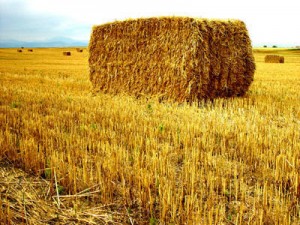Walk around the corner and there it is a new construction or renovation project… Humans, like animals, will nest. We all will be at one point in our life searching for that one of a kind place to call home and to come to at the end of the day. The population is growing and as there are more and more of us, there will be more housing projects across the planet. The construction industry leaves an important footprint on Mother Nature. For centuries, we have been taking over farm land, urbanizing and depleting nature for building materials. Let’s be optimistic:there is hope for improvement.
My parents are renovating, it has been 19 years and we, the kids, have moved away to university, so without the fear of us trashing the place they are giving it a more updated look. Taking down walls implies redoing the hardwood floors. While searching for the perfect match, my parents discovered a more sustainable approach to their renovation: reclaimed products.
A company in Ontario scouts out old barns in the country and salvages the woods. Then they will bring those all barn planks to your house, nail it down, refinish it and here is your one of a kind hardwood floor. One of a kind: perhaps (I’m no interior designer) But certainly is a creative way to be sustainable! It definitely has a rustic look to it and a certain price tag too. For the conscious consumer, the price differential is minimal.
Looking into the concept of sustainable construction, making something new out of the old, I came across a great project OneNest, the first one of a kind fully sustainable, green-built home constructed of Structurally Insulated Panels and reclaimed product by the GreenSpur construction team, built last year. The building team has high hope that this will not be the first and only one!
I recommend that everyone should consider reclaimed products as the way of the future in construction and take advantage of the customer solutions that are available to us.
http://onenestproject.com/about/


